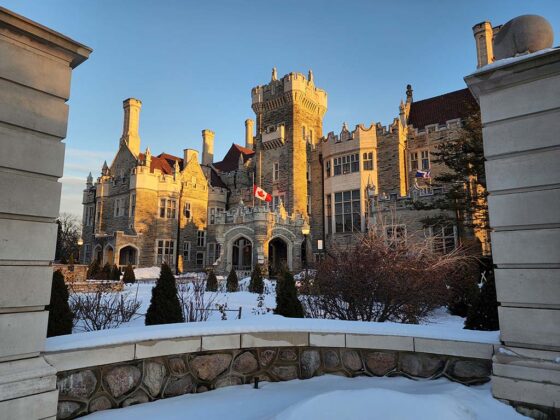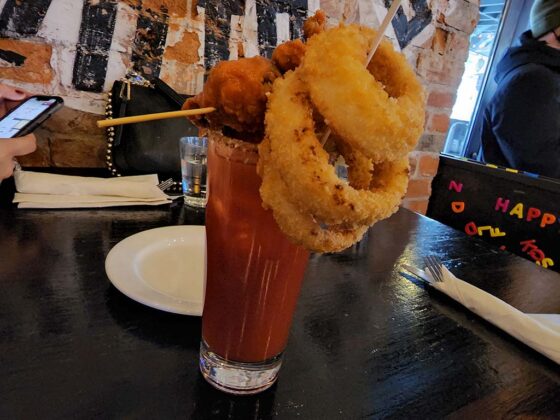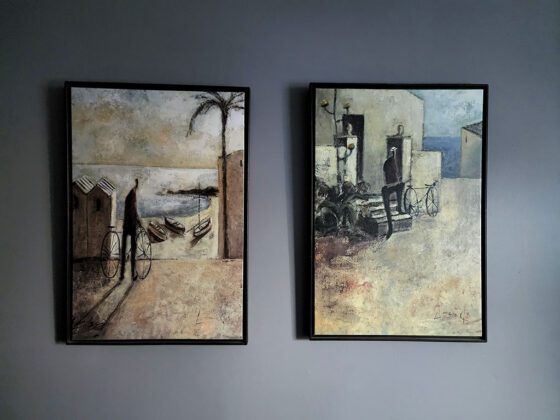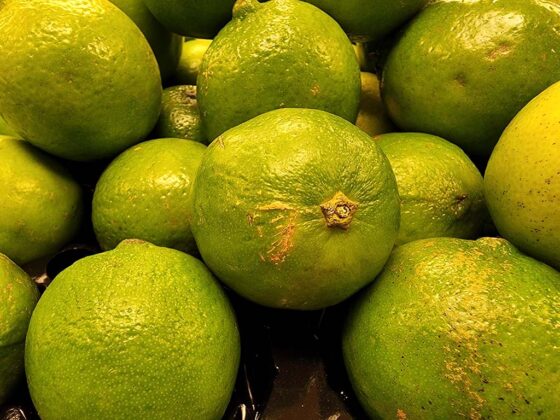
Is this the Samsung Galaxy S22 Ultra or a rehash of the Galaxy Note in a new form? The answer is yes to both, and the S Pen stands out because of it. It’s very much a Galaxy S device, but in literally bringing the pen into it, Samsung changes the calculus over what it can be.
I’ll explain this further as I go along here, but the gist is that Samsung took a step that it can’t necessarily undo. It essentially brought back the Note under a different name, though also tried to make enough other changes to stand out in an otherwise incremental effort.
Samsung Galaxy S22 Ultra specsDisplay: 6.8-inch 3088 x 1440 Dynamic AMOLED display 20:9 aspect ratio with 500 pixels per inch |
Lots of familiarity with the Galaxy S22 Ultra
Compare the specs with the Galaxy S21 Ultra, and you won’t find a big difference. The contrasts, however, are there when looking at the nuances involved. For example, this phone has a totally different processor in the new Snapdragon 8 Gen 1 and its 4nm architecture. That chip should bear more fruit in time for its raw power, but as is here, you won’t feel its full weight just yet.
Other changes are cosmetic, like the flatter backing plate, and different colour options. Each rear camera lens has a ring protruding out, partly as a means to protect the glass within, so while not completely flat, it’s close enough. Plus, the curvier edges along the sides can sometimes challenge how easy it is to pick up the phone from a table. You will likely scuff up those aluminum edges a fair bit, but at least the back maintains the same excellent matte veneer that is among the best you’ll see on any phone today.
On the front, not too much changed. The 6.8-inch Dynamic AMOLED 2x display is basically the same panel, albeit with a supposedly better adaptive refresh rate that swings from as low as 1Hz to 120Hz depending on what you’re doing onscreen. It’s still as vivid and bright as before, and really a pleasure to look at, regardless. And like last year, it supports pen input, whereas the Galaxy S22+ and S22 do not.
Going back to the internals, storage options abound with a range between 128GB, 256GB, and 512GB. RAM caps at 12GB, so multitasking shouldn’t be an issue. Over the last couple of years, Samsung cut out the headphone jack and microSD expansion card slot but didn’t make any other hardware cuts this time around.
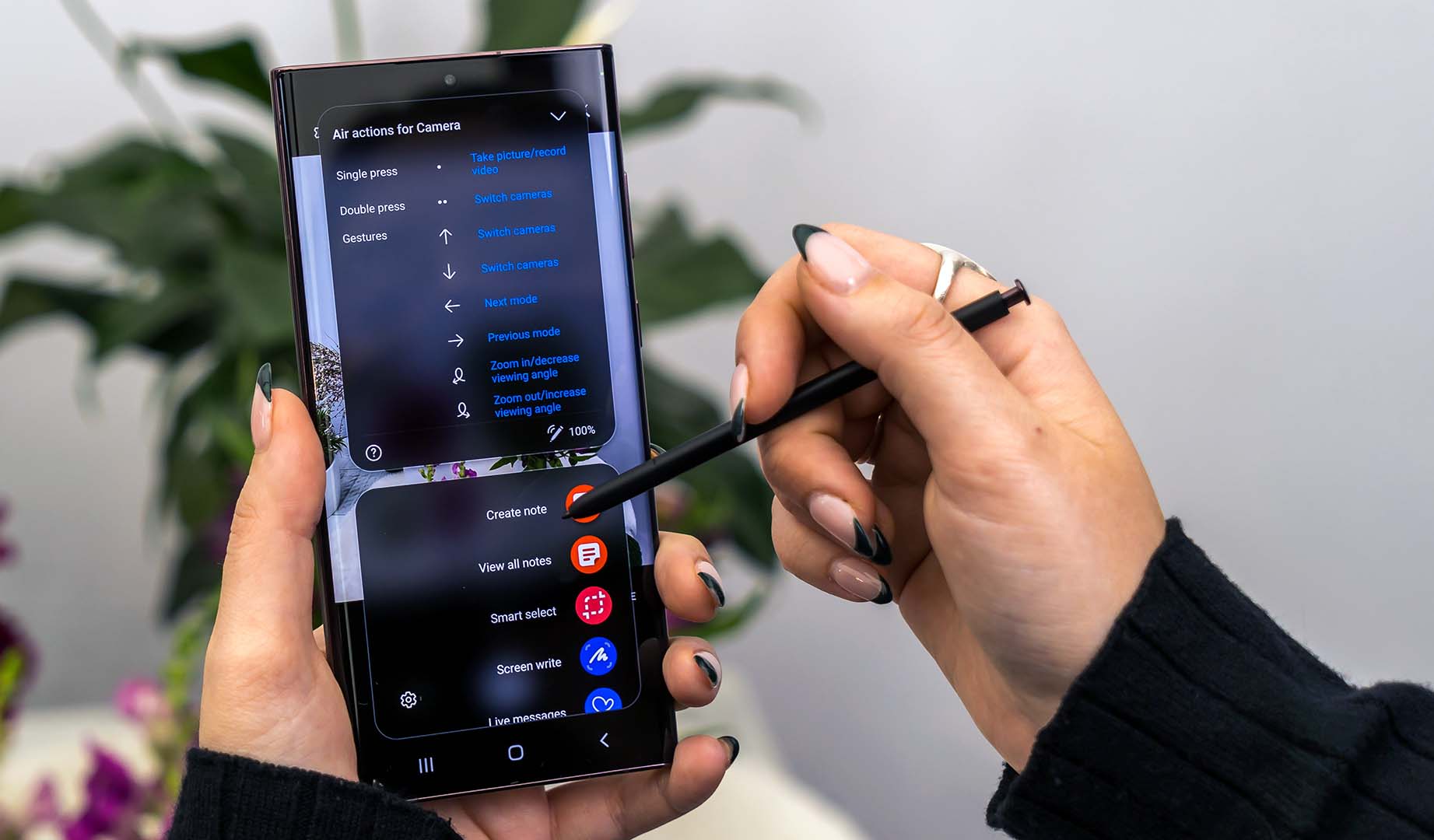
S Pen support and inclusion
Samsung added S Pen support for the Galaxy S21 Ultra last year, only without actually including it in the box. Nor was there a holster for it unless you got a case. Both are fixed with the Galaxy S22 Ultra, where you get the pen and have a Note-style holster for it. It’s odd to see that in an S series device, yet here we are, and I’ve been calling for Samsung to take this step for years now. Screen size once separated the two lines, but once they aligned on that, the pen was the only thing left.
Samsung didn’t just bring the S Pen in, it also tried to make it better. It doesn’t look or feel that different in hand until you start writing with it. With a quick 2.8-millisecond response time, it gets a wee bit closer to pen and paper. I just think it will feel like a more dramatic improvement if you have an older Note phone where the reduced latency here will really stand out.
I found the pen came in handy for editing photos, which is what I always liked about it with previous Note phones. You can always use it how you want, and the number of pen-supported apps continues to grow.
A key difference in incorporating the pen this way is that Air actions and air gestures work. Since the pen can charge in the phone, you have the ability to control certain features this way. That means clicking the pen’s button to snap a photo or using gestures to switch between the rear and front cameras, for instance.
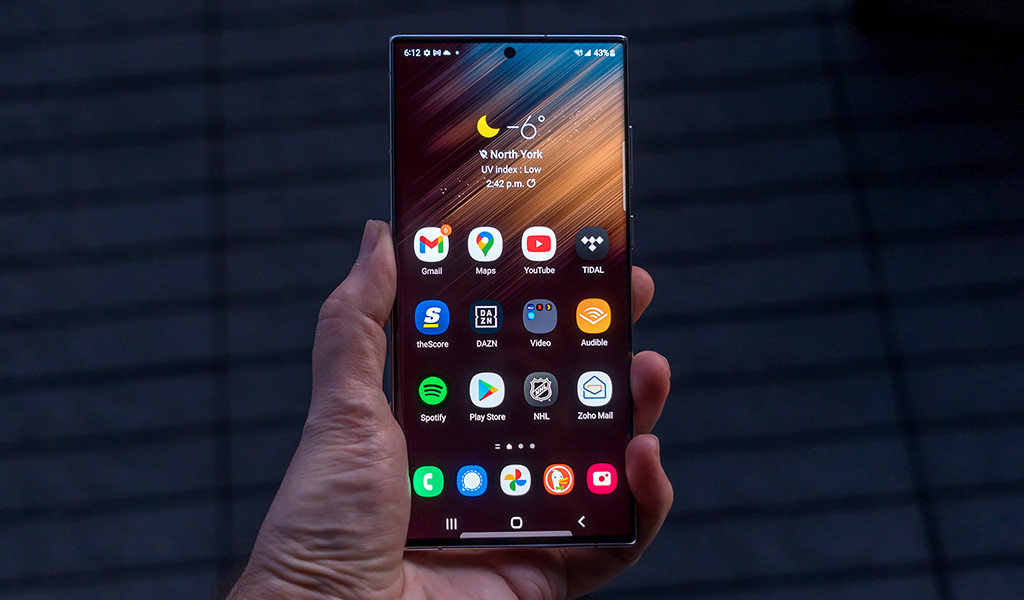
Performance and software
It’s the mark of a good phone that I don’t have as much to say on this front. The Galaxy S22 Ultra, for lack of a better term, is a beast. It feels fast at doing just about any task on it, as I would expect from a premium Samsung flagship.
As I noted, it will take time to see what the full breadth of the new Snapdragon chipset will do over time. My experience wasn’t surprising. I just used the phone as I normally would and never encountered any performance issues. I could effortlessly switch between apps, stream content with ease, and even edit photos with little in the way of a hiccup along the way. Samsung’s One U1 software continues to get better, even if it isn’t my personal favourite Android skin.
Bringing in the S Pen does change usability, though the phone works like any other Galaxy S flagship when you leave it holstered. The screen’s refresh rate is adaptive, so you can’t tell it when to lower the framerate—it just knows when to do that. It is one of the bigger battery drainers, but so is the camera, which now uses more of the artificial intelligence (AI) features built into both the hardware and software.
Not to mention gaming, which can also take a fair bit of battery life when you’re playing bigger games that need more graphics power. The point is that you can use this phone however you wish and not worry about whether it can handle it. That’s necessary when a phone is this premium, and good to see that the new chipset blends in well with Samsung’s One UI.
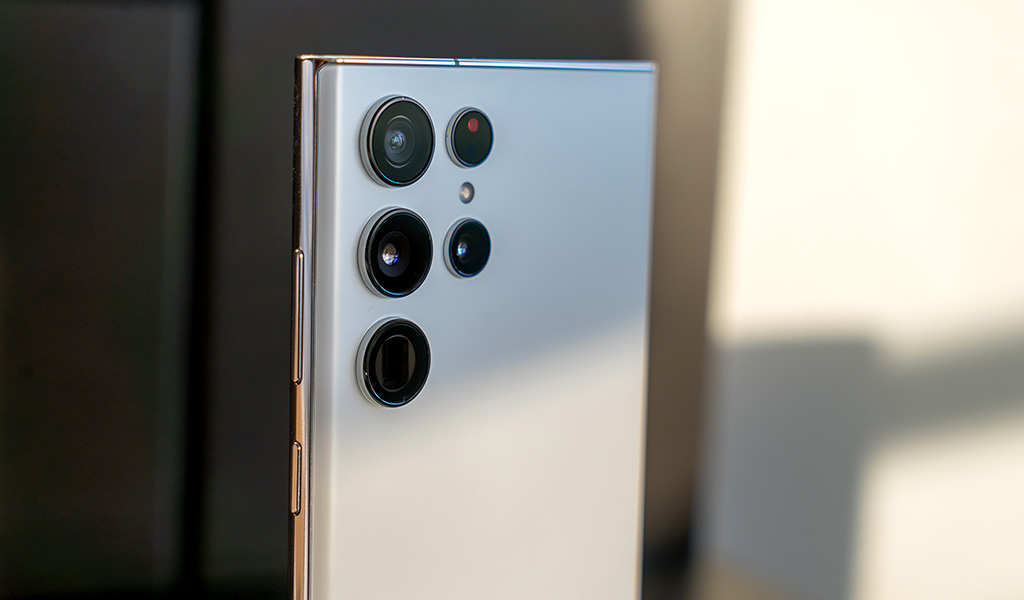
Camera
The camera has two elements to it that you need to consider. On paper, it seems like Samsung changed a little. In practice, software tweaks focus on improving composition so you get better shots without necessarily doing anything differently. In practice, that means you should see better results in low-light and night photos and video, as well as more vivid output in good lighting conditions.
The main camera uses the same primary 108-megapixel image sensor, except it should now shoot better in all conditions, not just when lighting is good. The other lenses are also supposed to get better through software upgrades. Clearly, Samsung didn’t try to reinvent the wheel here, but in fairness, it also didn’t try some other gimmick, either.

Image quality
Here are the basics you need to know. The main camera shoots at 12-megapixels by default through a process called nona-binning. It’s the same as last year, where it takes nine pixels and merges them into one, making it easier for the sensor to gather more light. Ideal for low-light and night shots. You still have to select the 108-megapixel mode from the top menu, only now, when you do shoot with it in low-light, you’re supposed to get better results.
The truth is, it is still very dependent on how much light is in the frame you’re shooting. If it’s a well-lit building, you should get a very respectable output. If it’s a darker area with much less light, don’t expect miracles. Whatever Samsung believes it can do from a software perspective, it will take time to see it through. Future software updates may definitely help.
That said, you will often get great shots with the Galaxy S22 Ultra’s full camera array. Colours, tones, and exposure compensation are pretty good throughout. I also like that Samsung continues to hold back on oversaturating colours. I don’t think you will find as much of a difference with the ultra-wide lens, whereas the two telephoto lenses are solid contributors, especially in good lighting.
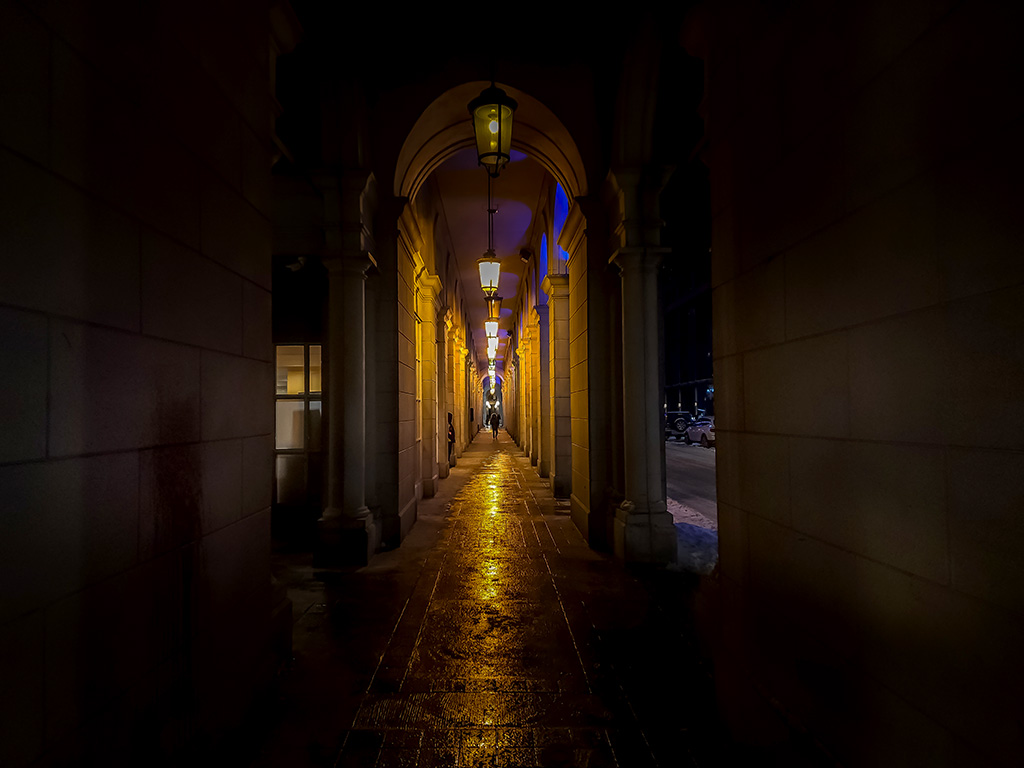
Expert RAW and Pro mode
My advice is to learn these two modes and how to edit them. They can vastly increase the possibilities of getting better photos because they capture so much more visual data. Expert RAW is a new app that you have to download from the Galaxy Store (not Google Play) and it lets you shoot at the maximum 16-bit output. It is a bit slow when snapping a pic, but you will notice that you can get more detail out of it once you start learning how to edit afterward. You do need a compatible app to do that, like Adobe Lightroom or Snapseed. There are others as well, basically anything that can handle RAW files.
Pro mode isn’t all that different, though it doesn’t shoot at the full 16-bit output. That makes it a bit faster when you’re repeatedly shooting with it. Samsung could do a better job explaining what the various tools do, like how shutter speed and ISO work, to raise user adoption.
Video recording
Video output is a little better this time around for the above reasons. Samsung added a new Auto Framing mode that zooms in and out to keep people in focus and in the frame. It’s actually pretty cool, and uses the ultra-wide lens to do it, which means overall quality won’t be quite as good as the main lens can deliver. Note that if you are using Pro Video, you won’t get access to that feature.
What you will notice from the main lens is better light-gathering for smoother and crisper videos at night. There’s still work to do to make that better, but it’s a step in the right direction. Existing modes, like Single Take and Director’s Cut, looked the same to me, so not sure Samsung really changed much for those.
Battery life
The Galaxy S22 Ultra won’t be quite as good on battery life as its predecessor was. I believe part of the reason is the S Pen, but also the new chipset, which may be taxing the 5000mAh battery. I often had to charge by the end of the day, which is a departure from how far the previous model would go.
Final thoughts
If you were looking for a new Galaxy Note, the Galaxy S22 Ultra is probably the closest you’ll get right now. I don’t know Samsung’s future plans, but I would be very surprised if it launched another Galaxy Note device, especially when the Galaxy Fold is already compatible with the S Pen. Time will tell.
You won’t run into issues with overall performance here, though battery life may be a factor. That’s especially true if you’re used to a phone that runs longer. You can still consider the Galaxy S21 Ultra as an alternative, including if the pen isn’t as important to you.
The Samsung Galaxy S22 Ultra is available now in phantom black, phantom white, green, and burgundy.





